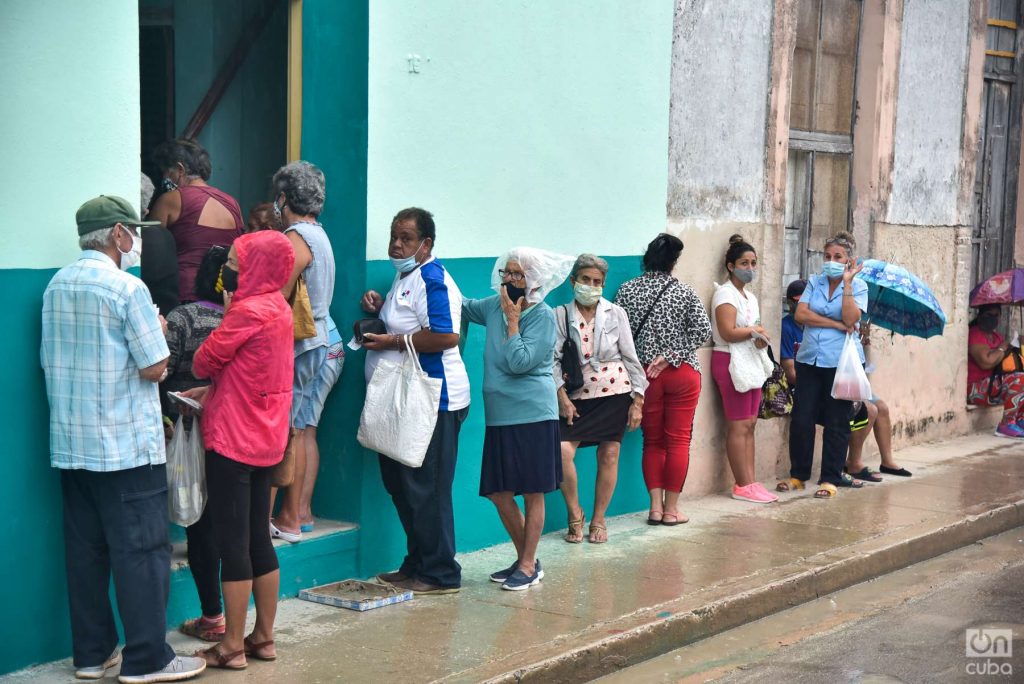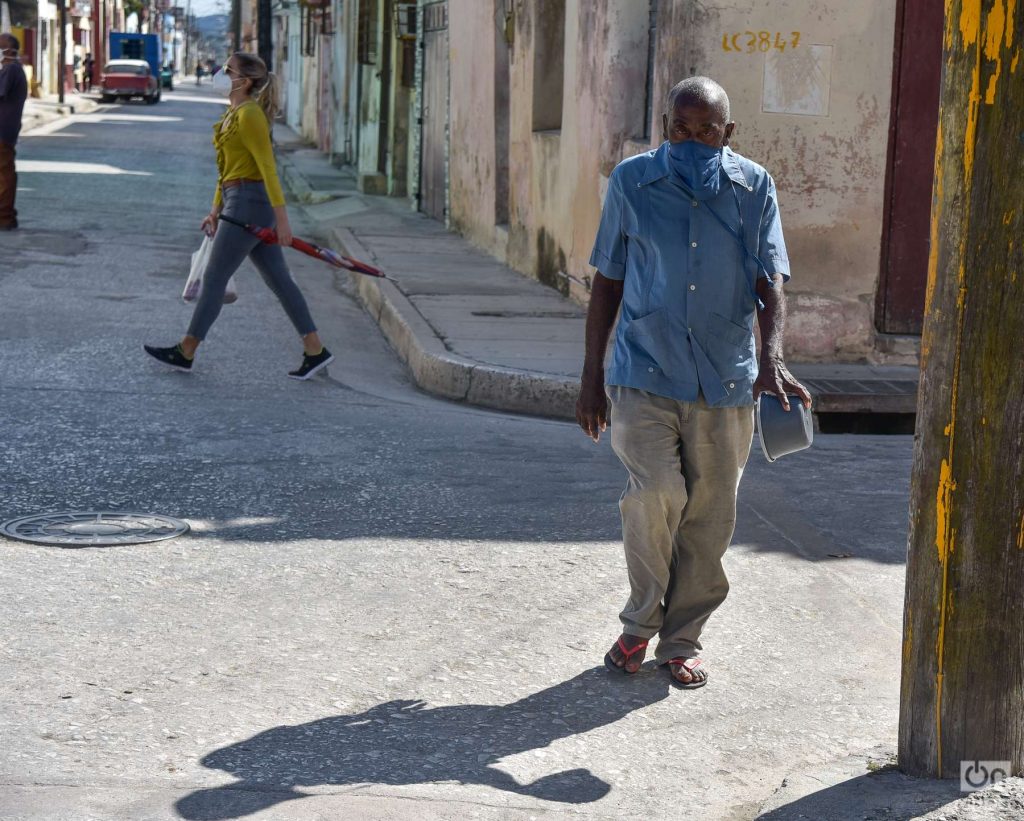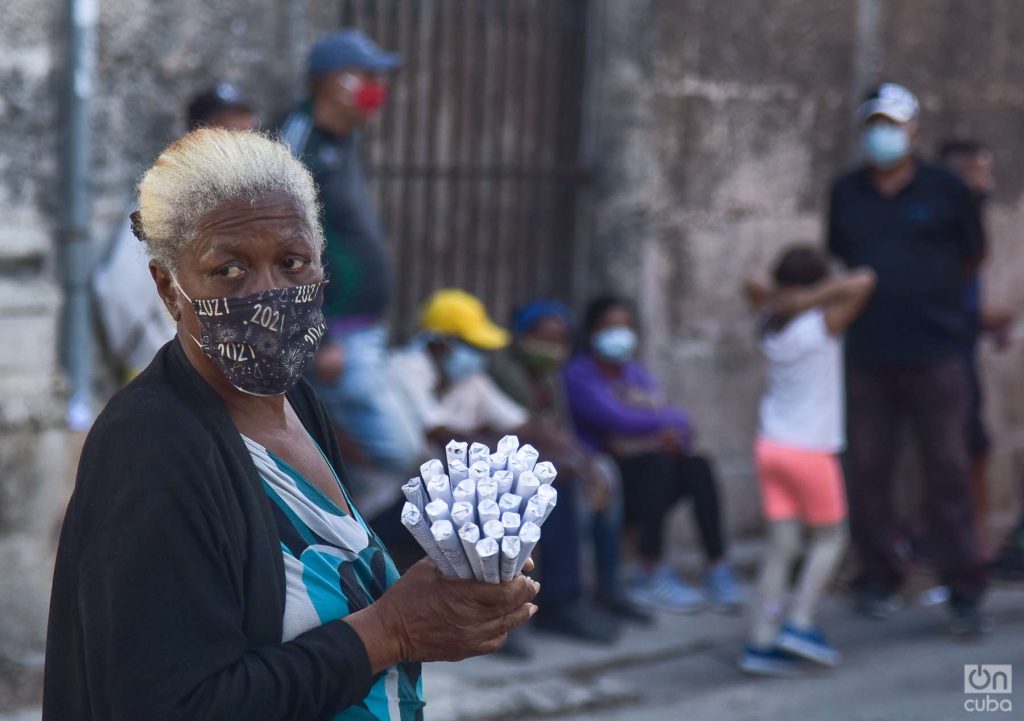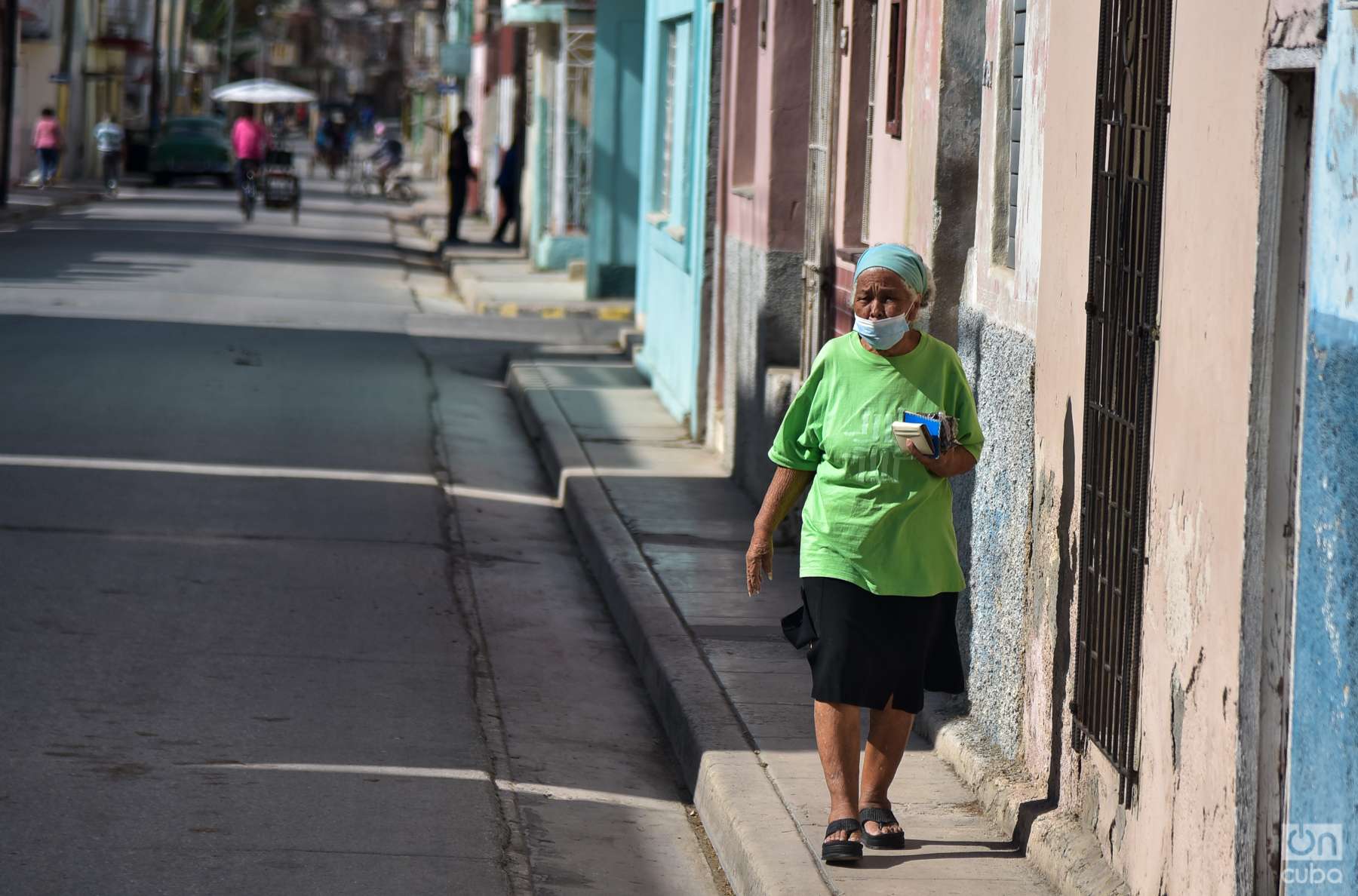In a report published in May 2020, the WHO estimated the number of deaths from the pandemic COVID-19 in its first two years at 14.9 million. 81% of the deaths would have occurred in low-middle-income countries, including Cuba.
The WHO attached particular importance to the excess mortality. That indicator reflects “the difference between the total number of deaths for a specific place and a given period of time, and the number that would have been expected in the absence of a crisis.”
How did the variable behave in Cuba? To analyze the subject we have reviewed the editions 49 and fifty of the Public Health Yearbooks, with the official information offered by the Cuban State on health matters.
Mortality before and in the first two years of the pandemic
In the previous decade, mortality in Cuba tended to increase. Between 2009 and 2019, the Crude Mortality Rate (TBM) increased from 7.7 to 9.7 per thousand inhabitants. This is mainly explained by population aging, resulting from low fertility and high life expectancy in the country. According to the cited source, in 2021, 21.7% of the population was over 60 years of age. Logically, in an aging population mortality increases and society becomes more vulnerable to epidemics.
What was the behavior of mortality during 2020? That year, mortality increased by only 3,360 cases. The interannual increase in the CGR was 0.3 per thousand inhabitants. In other words: there was no excess mortality and COVID-19 did not have such a significant impact on the indicator that year.
The situation changes drastically in 2021, when new variants of the virus and a violent economic crisis were combined. That year, the total number of deaths was 167,649. This implies an excess mortality of 55,200 if we take 2020 as a base, and 49,741 more deaths than those had foreseen WHO for Cuba.
In addition, it is double the number of deaths that occurred in 2009, and a growth in the TBM of 5 deaths per thousand inhabitants. Such a jump can only be explained by a catastrophic event like COVID-19.
Territorial behavior of mortality
It could be thought that the behavior of excess mortality in the country was homogeneous. Nothing further from what happened! Even though the variable increased in all the provinces, the worst results were found in Villa Clara, Ciego de Ávila and Cienfuegos, which presented an increase in the TBM of 7 or more deaths per thousand inhabitants.

The causes are difficult to determine, but it is significant that in Cienfuegos It will be used a vaccination scheme that combined a Chinese vaccine with Soberana Plus, of national manufacture. Meanwhile, Villa Clara is the oldest province in the country, with more than 25% of its population over 60 years of age, one of the risk groups for the coronavirus.
Then there was a group of six provinces in which mortality increased between 5 and 6 deaths per thousand and a third group in which the results were better, because the GER increased by less than 5. It is noteworthy that among them are Santiago de Cuba and Havana, the most populated in the country. Why did this happen?
In my opinion, it is because the call “Health intervention to groups and territories at risk” prioritized the capital, five municipalities in Santiago de Cuba, as many in Matanzas and the special municipality, where the population began to be vaccinated earlier.
The biggest question that can be raised to this strategy is that, instead of prioritizing regions, said intervention should have dealt with risk groups, especially the elderly throughout the country. Among them, as will be seen, the greatest excess mortality was concentrated.
Excess mortality by age group
The behavior of mortality and excess mortality in the different age groups was not homogeneous in 2021 either. In children under one year of age, a significant year-on-year growth was observed, with 238 more deaths, which brought this rate to 7.6 for each thousand live births and meant a setback of almost twenty years for the country.
The causes of death that contributed the most to the above were conditions originating before and during childbirth. For this reason, it can be affirmed that COVID-19 had an indirect relationship with this indicator, as they have recognized the health authorities.

In the deceased between 1 and 18 years of age, the TBM remained practically unchanged. While in the group between 19 and 59 years old it grew from 2.8 to 4.0 per thousand inhabitants. This implied that 7,913 more deaths were registered than in 2020. But it is in those over 60 years of age where the greatest excess mortality is concentrated in 2021, with 46,952 deaths. It represents 85.06% of excess mortality.
On the other hand, within the group, those over 75 years of age had 30,781 more deaths than in the same period of the previous year, almost two thirds of the excess mortality of those over 60 years of age and more than half of the total. This represents an exponential growth of this variable as age increases, hence the importance, in the context of the pandemic, of vaccinating by age group.

Mortality according to cause of death
Regarding the causes of death, the first continued to be cardiovascular diseases, which had an interannual growth of 13,096 deaths. They were followed by tumors and in third place “influenza and pneumonia”. These went from 6,654 in 2020 to 25,620 in 2021.
It is difficult to understand how a year dominated by COVID-19, another respiratory disease, would experience an increase of 18,966 deaths. The only logical explanation is that the majority of those who died from respiratory diseases were not considered carriers of COVID-19.
Something similar occurs with chronic respiratory diseases, which presented 1,649 more deaths than the previous year. If we add the 8,091 deaths from COVID-19 to the above, we obtain that respiratory diseases caused 28,706 more deaths in 2021.
It would be necessary to add a part of the 7,058 deaths attributable to ischemic diseases. Because the disease caused by the coronavirus kills for two fundamental causes: respiratory failure and thromboembolic phenomena; that is, the formation of thrombi that obstruct blood vessels.
Hence, it would seem logical to conclude that at least 30,000 deaths could be attributed to COVID-19.

By way of conclusions
The crisis caused by COVID-19 is the biggest health disaster that has occurred in Cuba in more than a century. On the island, the results of the first year were extraordinary, but they could not be sustained because it was imperative to partially open up the economy, which, deprived of its main sources of income and exhausted by internal deficiencies and the US policy of suffocation, needed a bit of oxygen. .
Then the Delta variant fell upon a very aging population, like a spark in dry straw. To the high transmission capacity of the virus and the generation of severe cases, we must add the lack of medication and the breakdown of the country’s main oxygen-producing plant.
On the other hand, there were delays in the production of their own vaccines and an intervention strategy was used that, for whatever reason, prioritized territories and not age groups.
However, even if it was possible to act differently in some areas, the result would not have varied considerably. Infinitely richer countries saw their economies and the best health systems collapse they collapsed due to the pandemic.
still today die daily almost half a thousand people due to COVID-19 in the United States, where the victims of the virus add up, officially, 1.1 million. In some parts of the world, the actual number of deaths is not even known; in others it is estimated that it is ten times higher to official figures and some states choose not to publish the official figures of sick.
In short: no one was prepared for a pandemic in the 21st century and the excess mortality is proof of this. The worst is it could happen again.
















